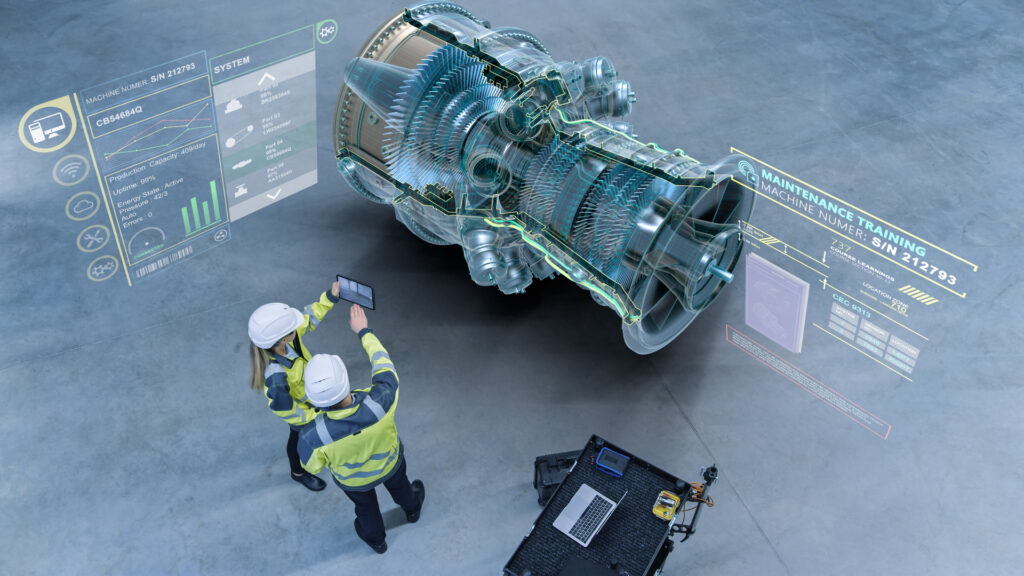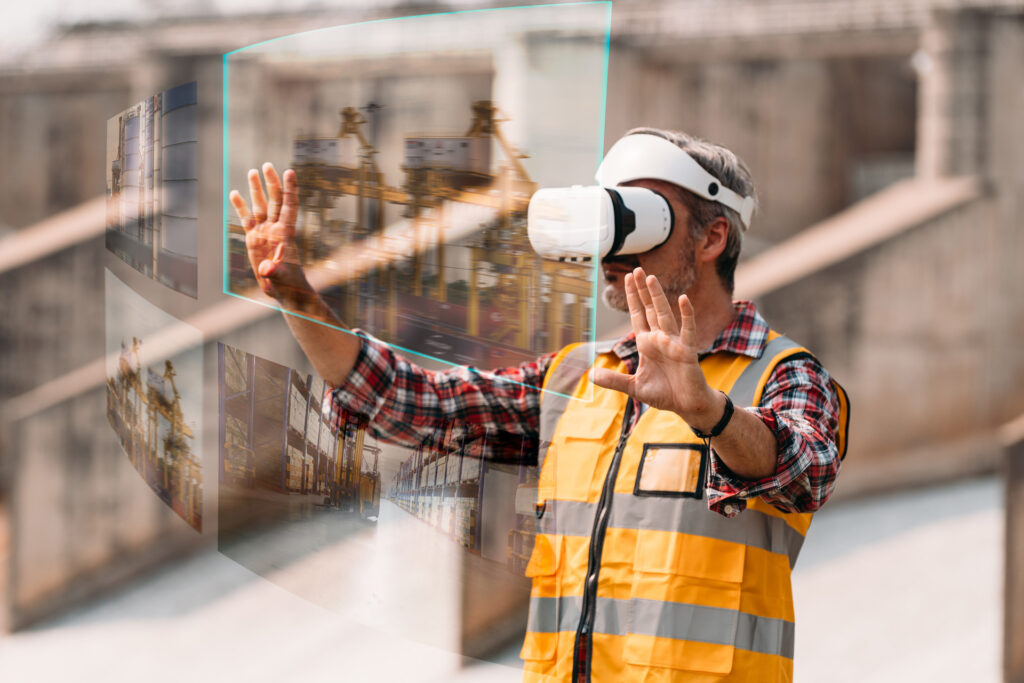Safety First
Safety will always be a vital component of running a successful construction company. Unfortunately, modern technological advancements have yet to curb the rate of injuries in this field.
According to the United States Bureau of Labor Statistics, the construction industry had the second-highest rate of fatal work-related injuries in 2022, with an unfortunate 11% increase in such incidents from 2021 data. The only field with more frequent fatalities was transportation and material moving, an industry that has considerable overlap with construction.
There are many ways VR and AR can assist construction firms in creating a safer environment for all involved parties. And the results have a proven effect: A 2021 study indicates that construction workers who participated in VR safety training programmes had a 60% average gain in knowledge compared to just 40% for those who had traditional in-person training.
VR and AR training programmes increase engagement for construction workers, which in turn enhances information retention. There’s also a decreased risk factor compared to traditional training methods. After all, if you make a mistake in a VR training session, there’s no real-world harm done, whereas a mistake on a job site can lead to catastrophe.
Effectiveness and Affordability
The U.S.-based National Safety Council — a nonprofit workplace safety advocate organisation — states that VR and AR construction training programmes are “more effective than traditional classroom training programmes.” The NSC also says that both VR and AR onboarding procedures have their unique advantages in the construction field.
For instance, AR technology — often provided via “smart glasses” like the XREAL Air AR Glasses or Apple Vision Pro — allows companies to overlay images and information on top of the user’s real-world environment, providing a learning experience “particularly well-suited for on-the-job and real-time training.” Meanwhile, VR onboarding provides construction firms with a fully digital “harmless environment,” allowing trainees to make mistakes repeatedly with no actual risks.
VR and AR training is now often more cost-effective than traditional training, as it doesn’t require extensive travel expenses or the usage of highly valuable machinery and equipment. In addition, these training modules can be repeated again and again with little added cost.
Consistent, Measurable Results
No matter when or where a new hire completes their onboarding tasks, the usage of VR and AR helps ensure that the experience is consistent and repeatable. When every employee is trained in the exact same manner, there’s far less risk of knowledge variation from one new hire to the next, helping create a safer environment.
Another beneficial aspect is the fact that your management team can measure and track each employee’s progress and success rates within the onboarding process. This allows you to assess whether the training programme is effective in developing the desired skills and tendencies among your workforce.
In addition to on-site safety matters, VR and AR onboarding processes can improve communication within your construction company, leading to a productive, collaborative environment. When everyone starts on the same page, it’s easier to keep them all aligned toward a common goal.










